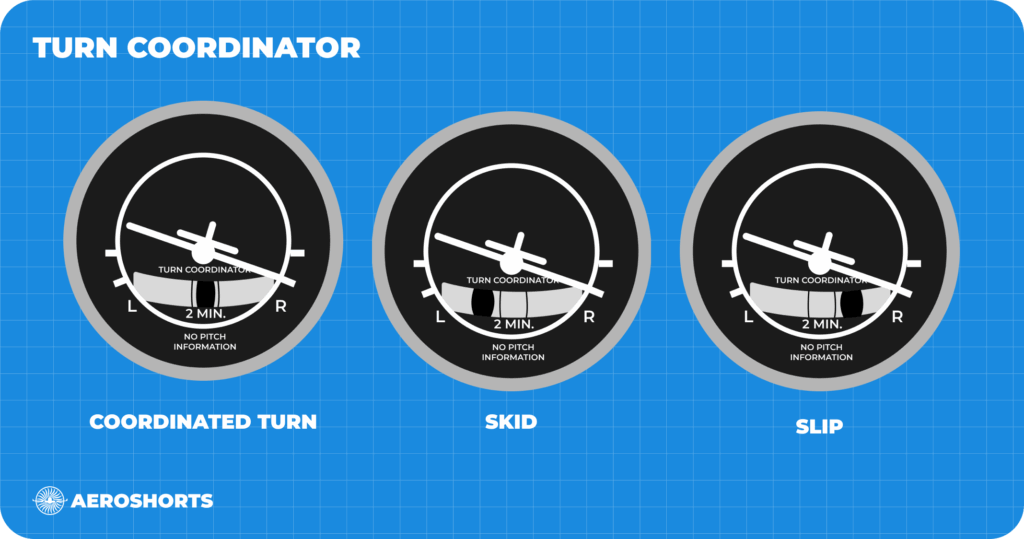When learning to fly, one of the most important things student pilots discover is how an aircraft behaves when it’s not in coordinated flight. Two common but often misunderstood flight conditions are slipping and skidding. While they may sound similar, they are very different in cause, effect, and how a pilot should respond.
What Is a Slip?
A slip occurs when the aircraft is flying slightly sideways relative to its flight path. This happens when the bank angle and rudder input are not coordinated. For example, if you bank to the right but don’t use enough right rudder, the aircraft will enter a right slip. The nose points inside the turn, but the aircraft slides sideways toward the inside of the turn.
Slips are actually useful in many flight scenarios. Pilots often perform slips intentionally to increase drag and lose altitude quickly without increasing airspeed. This technique is especially helpful when approaching a runway with a steep descent path or during a short field landing.

What Is a Skid?
A skid, on the other hand, is a more dangerous condition. It happens when a pilot uses too much rudder for the bank angle. The aircraft is essentially being pushed into a turn faster than it should be. The result is a feeling of being flung outward from the turn, and the aircraft is at a greater risk of entering a spin if the stall angle is exceeded.
Skidding is often caused by aggressive rudder use during poorly coordinated turns, especially in the traffic pattern or during emergency maneuvers. Unlike a slip, which is stable and can be safely maintained, a skid should always be corrected immediately.

Why Coordination Matters
Maintaining coordinated flight is not just about comfort. It’s about safety. An uncoordinated aircraft has more drag, less efficiency, and in the case of a skid, a higher risk of a stall-spin accident. That’s why student pilots spend a lot of time practicing turns with proper rudder input, watching the ball in the turn coordinator, and learning to feel what coordinated flight should “feel” like.
How Pilots Learn to Recognize Slips and Skids
During flight training, instructors use visual cues, instrument readings, and even their own sense of balance to help students understand what the aircraft is doing. The ball in the turn coordinator is the most basic tool. If the ball is centered, the flight is coordinated. If it’s off to one side, the aircraft is slipping or skidding.
Over time, experienced pilots learn to recognize uncoordinated flight without looking at the instruments. Feeling that the aircraft is “sliding” in the seat or that the nose isn’t aligned with the direction of travel becomes second nature.

Understanding slipping and skidding in aircraft is fundamental for safe flying. While slips can be a useful tool, skids should be avoided and corrected right away. Learning to recognize and manage these conditions is a key part of every pilot’s training and something that remains important throughout a flying career.